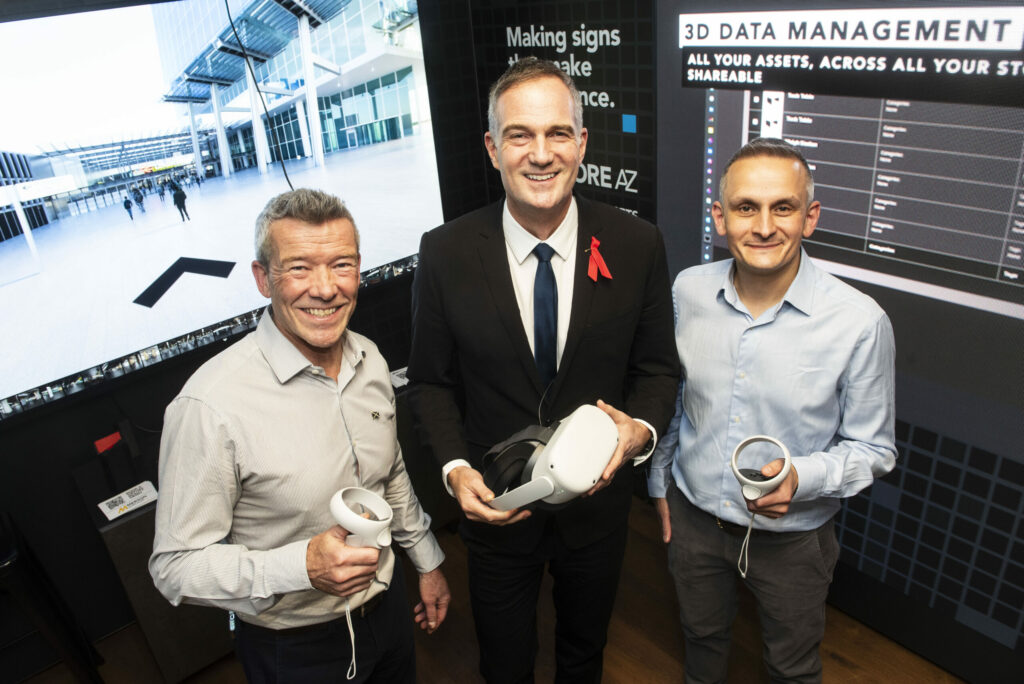
By Georgia Evans
Dynamic, Engaging, Interactive: The Benefits of Digital Out-of-Home Advertising
Imagine physical adverts that can adapt seamlessly to a new promotion, the time of day, the local demographic, and even the changing weather! Thanks to Digital Out-of-Home (DOOH) advertising, this targeted and dynamic approach has become a reality. An innovative take on traditional static advertising, DOOH has grown in momentum in recent years and can now be found everywhere from billboards to bus shelters. We take a look at why it has become one of the most popular mediums, rivalling traditional OOH advertising, print media and even online ads.
1. It reaches large audiences
As the number of people reading and viewing traditional media declines, businesses need fresh ways to reach large audiences. A digital advert in an area with high footfall, such as a shopping centre or a city bus stop, will be seen by thousands of consumers each day. An eye-catching DOOH advert promises the attention of a large, broad audience of potential consumers.
2. It can’t be blocked or skipped
It’s not surprising that internet users, constantly bombarded with online ads, are increasingly using ad blockers to avoid them completely. And even when ads are reaching consumers, they’re often skipped through without any real engagement. On the other hand, DOOH is essentially ‘unblockable’ and – importantly – doesn’t create the same frustration for consumers as distracting online ads.
3. It’s dynamic and adaptable
Unlike static signage, DOOH can keep up with change that occurs both within a business, and within the environment in which it’s placed. From the latest product launches to upcoming events, digital signage can constantly adapt as a business evolves. And because DOOH signage can display several adverts, it can even change to reflect the time of day or current weather for hyper-targeted messaging.
4. It reaches people when they’re most receptive
When people are waiting for a bus or trying to avoid awkward eye contact in a lift, they’re much more likely to take notice of an advert than when they’re scrolling through their phone. Perhaps this explains why 69% of viewers took some sort of action after seeing a digital street level ad. Actions included searching for an advertiser online, visiting the business in person, or posting to social media
5. It can be interactive
The digital nature of DOOH ads mean that they can encourage interaction with the public. Using NFC and QR scanning, people can connect to an ad with their smartphone. To help build their brand and encourage engagement, companies can even use DOOH signage to display content that has been shared by their social media followers.
6. It helps brands tell their story
When it comes to content, static advertising often relies on the principle of less is more. This means that, often, brands can only convey a single message or a small part of their narrative. With DOOH, signage can become a storyteller. Whilst one display speaks to consumers’ pain points, the following can explain exactly how a product or service could help.
With all these benefits, it’s hardly surprising that PWC found DOOH to be the second fastest growing advertising medium, second only to mobile (PWC Global Entertainment & Media Outlook 2016-2020). As it gains momentum, it’s clear that DOOH offers a dynamic way to reach large audiences when they’re most receptive to marketing messages.











